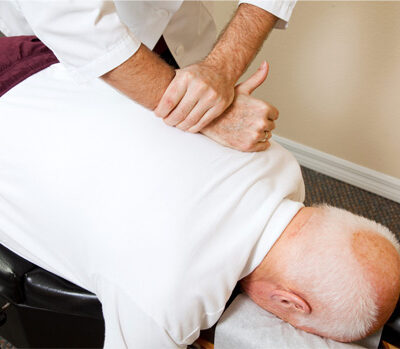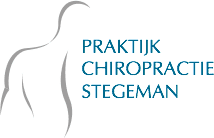Treatment methods
The chiropractor uses a lot of different techniques to treat patients. The choice of a specific method, or a combination thereof, depends on several factors. For example, the complaint, the patient’s age and their overall health. We also use treatment techniques that do not involve cracking.
You may experience a reaction after treatment. For example, you may feel tired, somewhat stiff or the pain may increase in the first few days. If you are worried about this, feel free to contact our practice. One of our chiropractors will then give you a personal explanation. Often, however, there is no reaction and you feel immediate relief!
Treatment methods
The chiropractor uses a lot of different techniques to treat patients. The choice of a specific method, or a combination thereof, depends on several factors. For example, the complaint, the patient’s age and their overall health. We also use treatment techniques that do not involve cracking.
You may experience a reaction after treatment. For example, you may feel tired, somewhat stiff or the pain may increase in the first few days. If you are worried about this, feel free to contact our practice. One of our chiropractors will then give you a personal explanation. Often, however, there is no reaction and you feel immediate relief!
Manual manipulation techniques
In chiropractic, we mainly use manual manipulation techniques, such as the Gonstead and Diversified techniques. In these, the chiropractor applies pressure with the hands on a joint where an abnormality or blockage has been detected. This restores the normal range of motion of that joint. This may be accompanied by a small ‘snap’, which is simply the sound of pressure difference created in the joint by the rapid movement.

Manual manipulation techniques
In chiropractic, we mainly use manual manipulation techniques, such as the Gonstead and Diversified techniques. In these, the chiropractor applies pressure with the hands on a joint where an abnormality or blockage has been detected. This restores the normal range of motion of that joint. This may be accompanied by a small ‘snap’, which is simply the sound of pressure difference created in the joint by the rapid movement.

Treatment with instruments
In some cases, the chiropractor uses an instrument to apply more precise pressure to a joint. Such an Aktivator delivers an impulse with high speed and precision, where the depth and speed can be adjusted. Treatment with an Aktivator is usually used to complement a manual treatment technique or when treating babies, children, pregnant or elderly people.
Treatment with instruments
In some cases, the chiropractor uses an instrument to apply more precise pressure to a joint. Such an Aktivator delivers an impulse with high speed and precision, where the depth and speed can be adjusted. Treatment with an Aktivator is usually used to complement a manual treatment technique or when treating babies, children, pregnant or elderly people.
Other tools
We use special treatment tables to treat specific complaints. For example, a table that springs along to absorb the force of the correction, or one that can apply traction (a pulling movement) in a painless way that stretches the back. For treating pregnant women, babies and the elderly with osteoporosis, we have special table settings and extra cushions.
Other tools
We use special treatment tables to treat specific complaints. For example, a table that springs along to absorb the force of the correction, or one that can apply traction (a pulling movement) in a painless way that stretches the back. For treating pregnant women, babies and the elderly with osteoporosis, we have special table settings and extra cushions.
